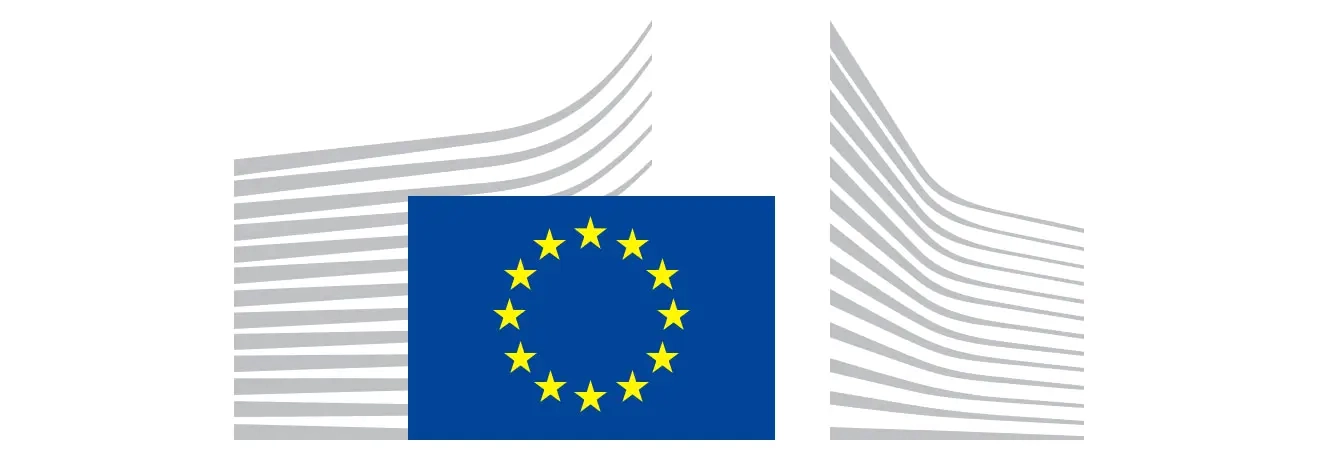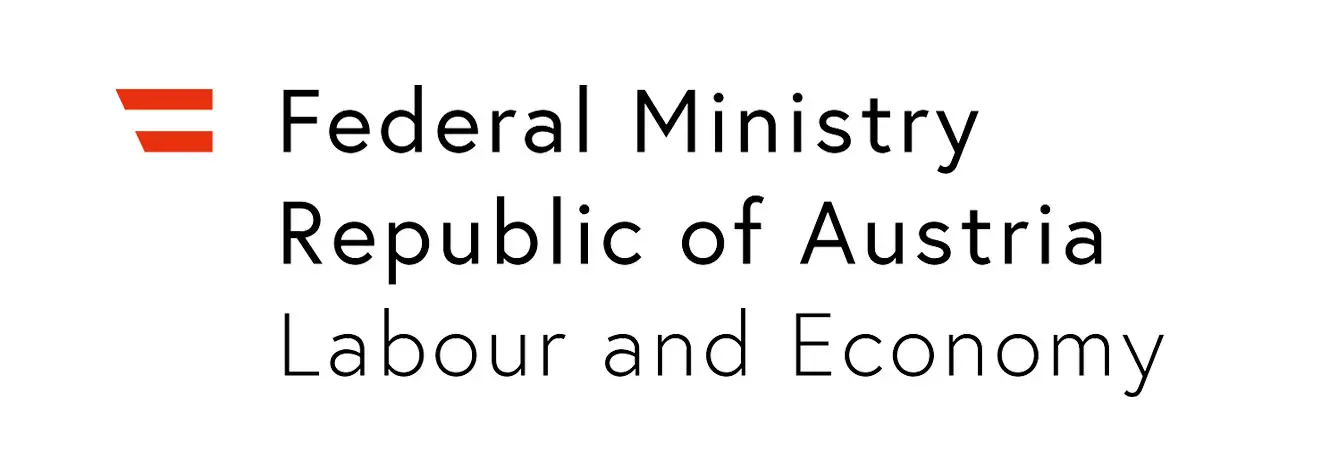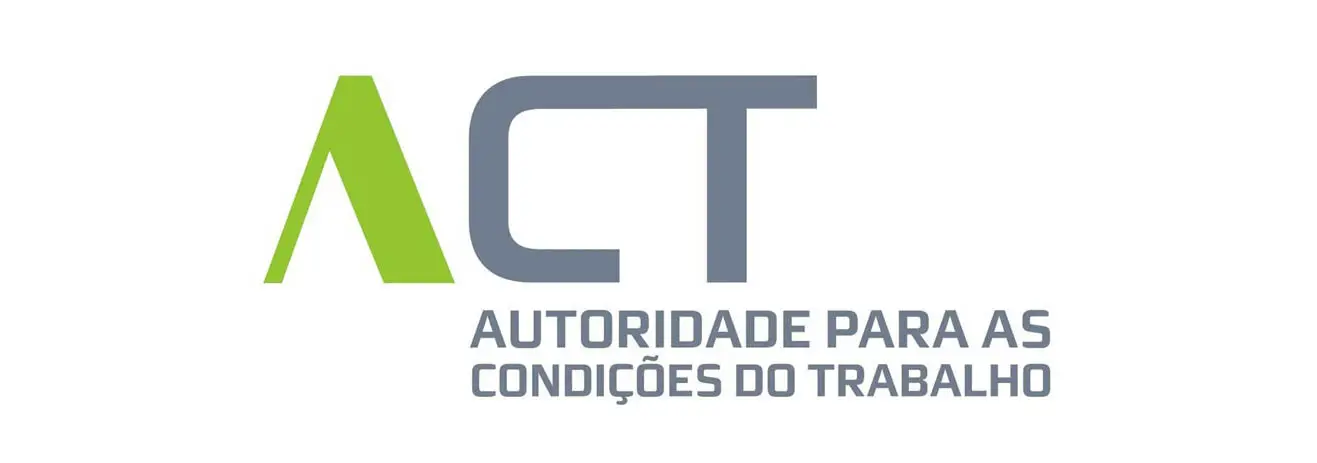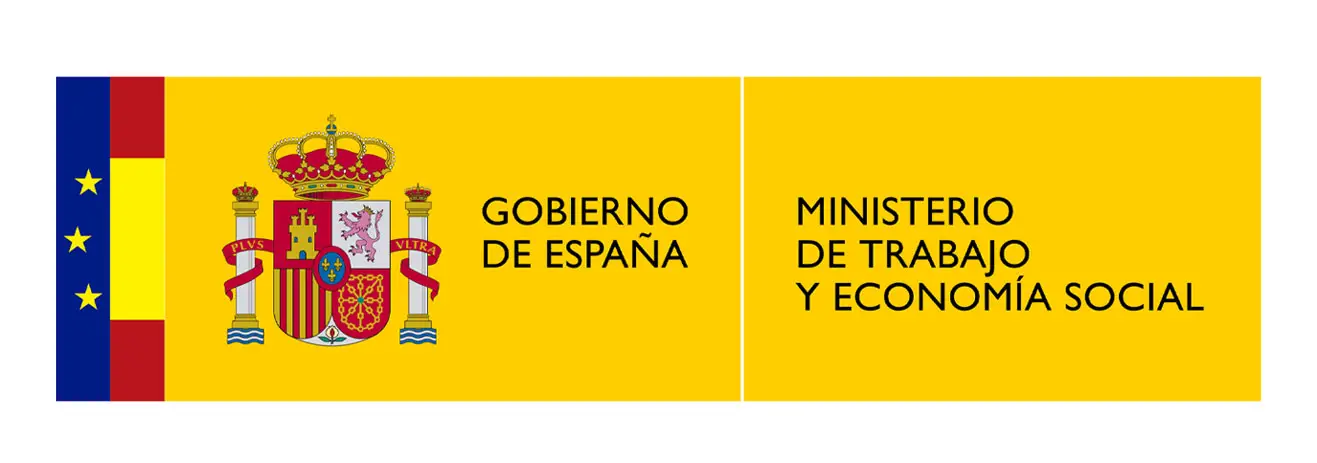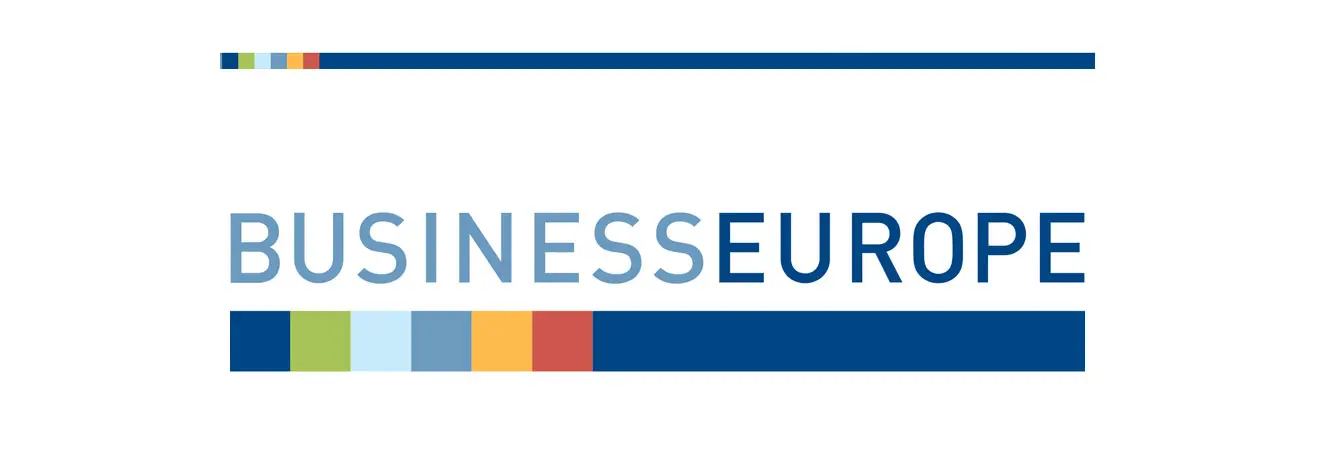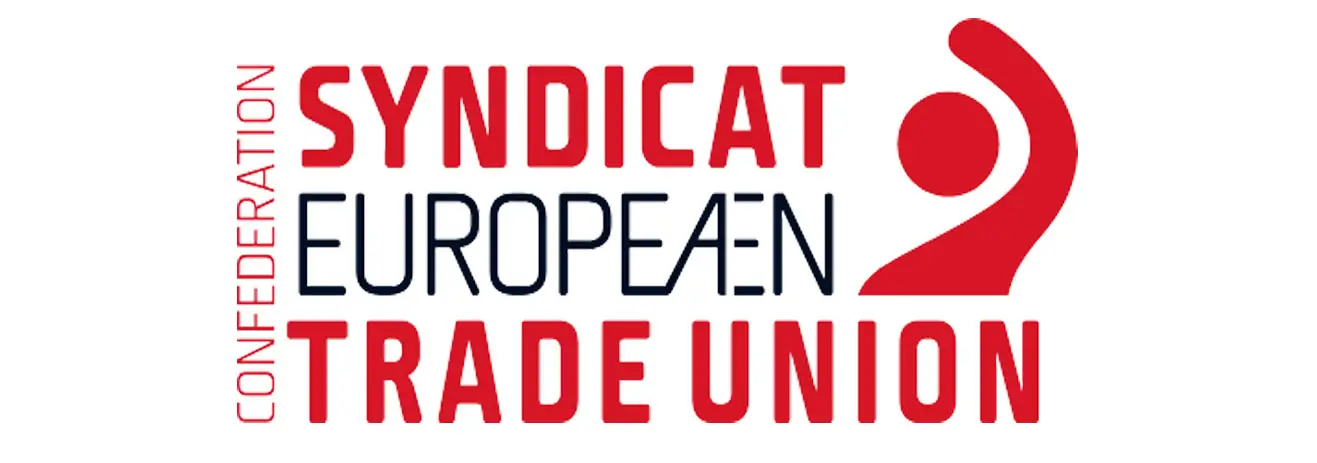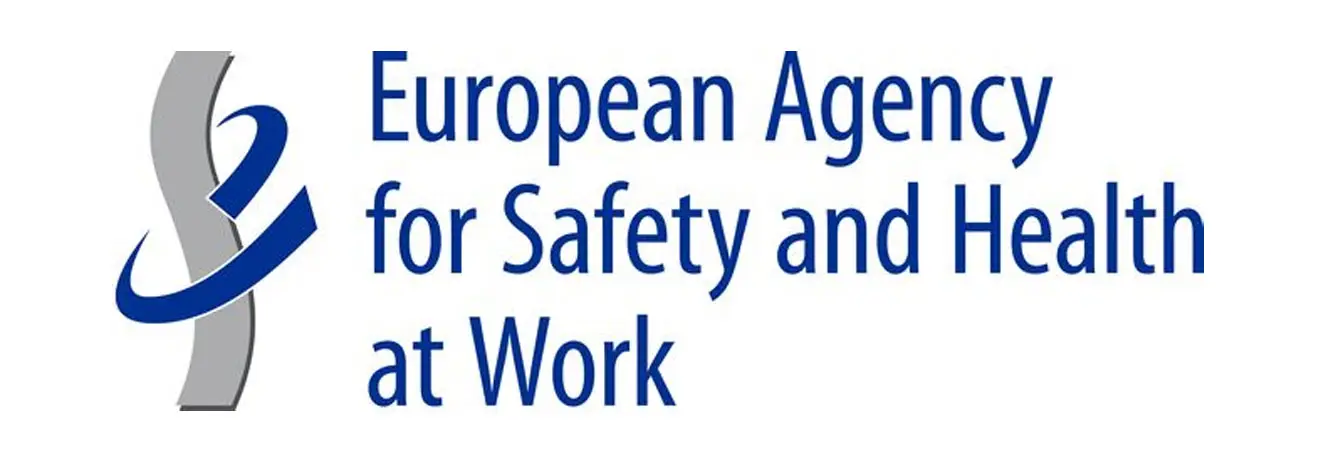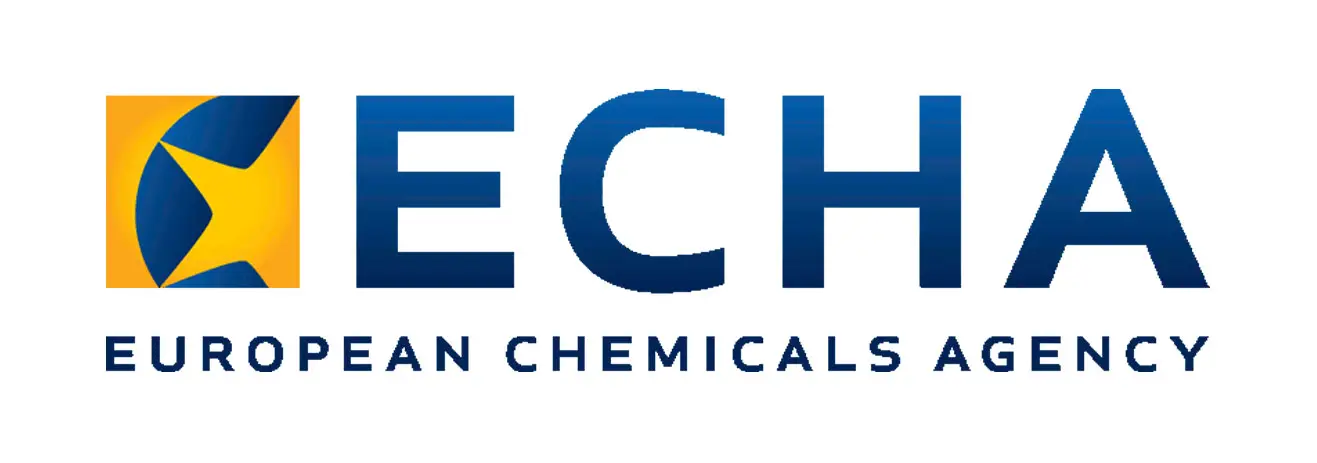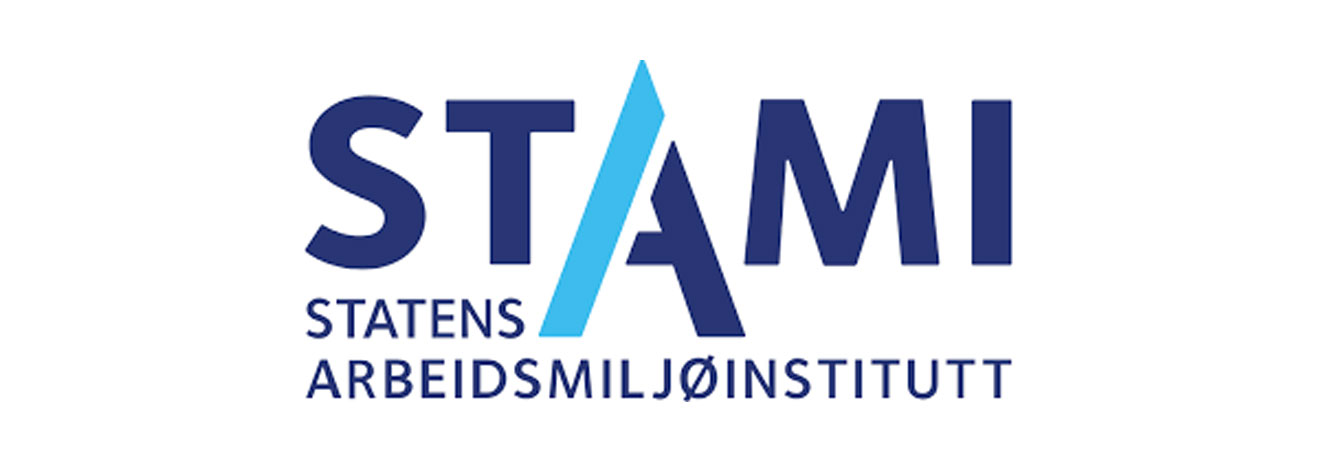One of the goals of the European REACH regulation is the progressive replacement of substances of very high concern (e.g. carcinogens) by safer alternatives. Companies that use these substances, actively search for safer alternatives (less dangerous substances, new technologies and processes), and report about these alternatives. Below you will find the information on possible alternatives for chromium trioxide, included in the different applications for authorisation received so far by ECHA. To obtain further details, please follow the link to the full dossier.
Below you can find possible alternatives for Trichloroethylene in Alcantara Material production.
Trichloroethylene
- EC-number: 201-167-4
- CAS-number: 79-01-6
- Use: The use of Trichloroethylene in Alcantara Material production
- Technical function: Process chemical (enclosed systems)
Most promising solution
- FANS process (non-TCE based fabric)
Note: The FANS process is an economically feasible alternative. The FANS based material is currently not an accepted alternative by all the clients of the downstream user of the authorisation holder or for all their products, especially in the automotive sector. It is an alternative that will be available for the authorisation holder once it is technically feasible.
More detailed information
All research efforts by companies have been documented in reports. The following ECHA-dossiers are available about alternatives for Trichloroethylene in Alcantara Material production:
Factsheet Trichloroethylene
For more general information about the risks of Chromium VI and measures to take to prevent exposure, please have a look at the factsheet Trichloroethylene (available in many EU-languages).
